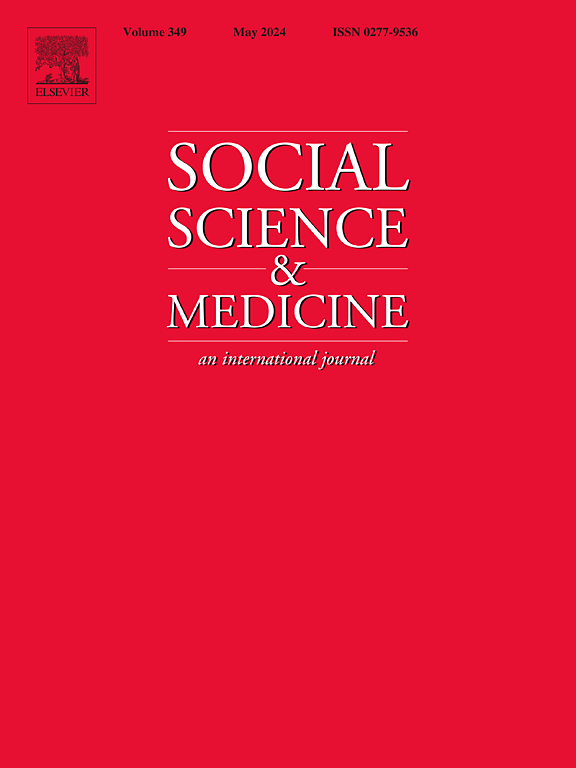A good rest makes a caring doctor: Linking physicians’ nonwork time recovery to patient-centered communication with nonwork-to-work enrichment and empathy
IF 4.9
2区 医学
Q1 PUBLIC, ENVIRONMENTAL & OCCUPATIONAL HEALTH
引用次数: 0
Abstract
As an ideal form of patient-physician communication, patient-centered communication (PCC) is linked with various desired health and relationship outcomes, raising the need to promote PCC practices among physicians. However, how factors within physicians' daily work and life contexts are associated with PCC remains largely unknown. Based on the work-home resource (PCC) model, we proposed and tested a mediation path model linking nonwork time recovery—the restoration of resources during leisure time—to physicians’ PCC. This study has revealed that nonwork time recovery was indirectly and positively associated with PCC by analyzing quota-sampled data collected among physicians. The association is drawn by 1) the sequential mediation of nonwork-to-work enrichment (NWE), 2) the transfer of instrumental and affective resources from nonwork to work domain, and 3) two dimensions of empathy, i.e., perspective-taking as the cognitive dimension and empathetic concern as the affective dimension. This study contributes to the patient-physician communication literature by revealing the mechanism of how work-nonwork synergy may benefit high-quality patient-physician communication from a resource-based perspective.
良好的休息造就有爱心的医生:将医生的非工作时间恢复与以患者为中心的沟通联系起来,通过非工作到工作的丰富和同理心
作为一种理想的医患沟通形式,以患者为中心的沟通(PCC)与各种期望的健康和关系结果相关联,因此需要在医生中推广PCC实践。然而,医生的日常工作和生活环境中的因素如何与PCC相关联,在很大程度上仍然是未知的。基于工作-家庭资源(PCC)模型,我们提出并检验了非工作时间恢复-闲暇时间资源恢复-医生PCC的中介路径模型。本研究通过分析在医生中收集的配额抽样数据,揭示了非工作时间恢复与PCC的间接正相关。研究结果表明:1)非工作到工作充实(NWE)的顺序中介作用;2)工具资源和情感资源从非工作领域向工作领域的转移;3)共情的两个维度,即换位思考作为认知维度和共情关注作为情感维度。本研究从资源基础的角度揭示了工作-非工作协同如何促进高质量医患沟通的机制,为医患沟通文献做出了贡献。
本文章由计算机程序翻译,如有差异,请以英文原文为准。
求助全文
约1分钟内获得全文
求助全文
来源期刊

Social Science & Medicine
PUBLIC, ENVIRONMENTAL & OCCUPATIONAL HEALTH-
CiteScore
9.10
自引率
5.60%
发文量
762
审稿时长
38 days
期刊介绍:
Social Science & Medicine provides an international and interdisciplinary forum for the dissemination of social science research on health. We publish original research articles (both empirical and theoretical), reviews, position papers and commentaries on health issues, to inform current research, policy and practice in all areas of common interest to social scientists, health practitioners, and policy makers. The journal publishes material relevant to any aspect of health from a wide range of social science disciplines (anthropology, economics, epidemiology, geography, policy, psychology, and sociology), and material relevant to the social sciences from any of the professions concerned with physical and mental health, health care, clinical practice, and health policy and organization. We encourage material which is of general interest to an international readership.
 求助内容:
求助内容: 应助结果提醒方式:
应助结果提醒方式:


